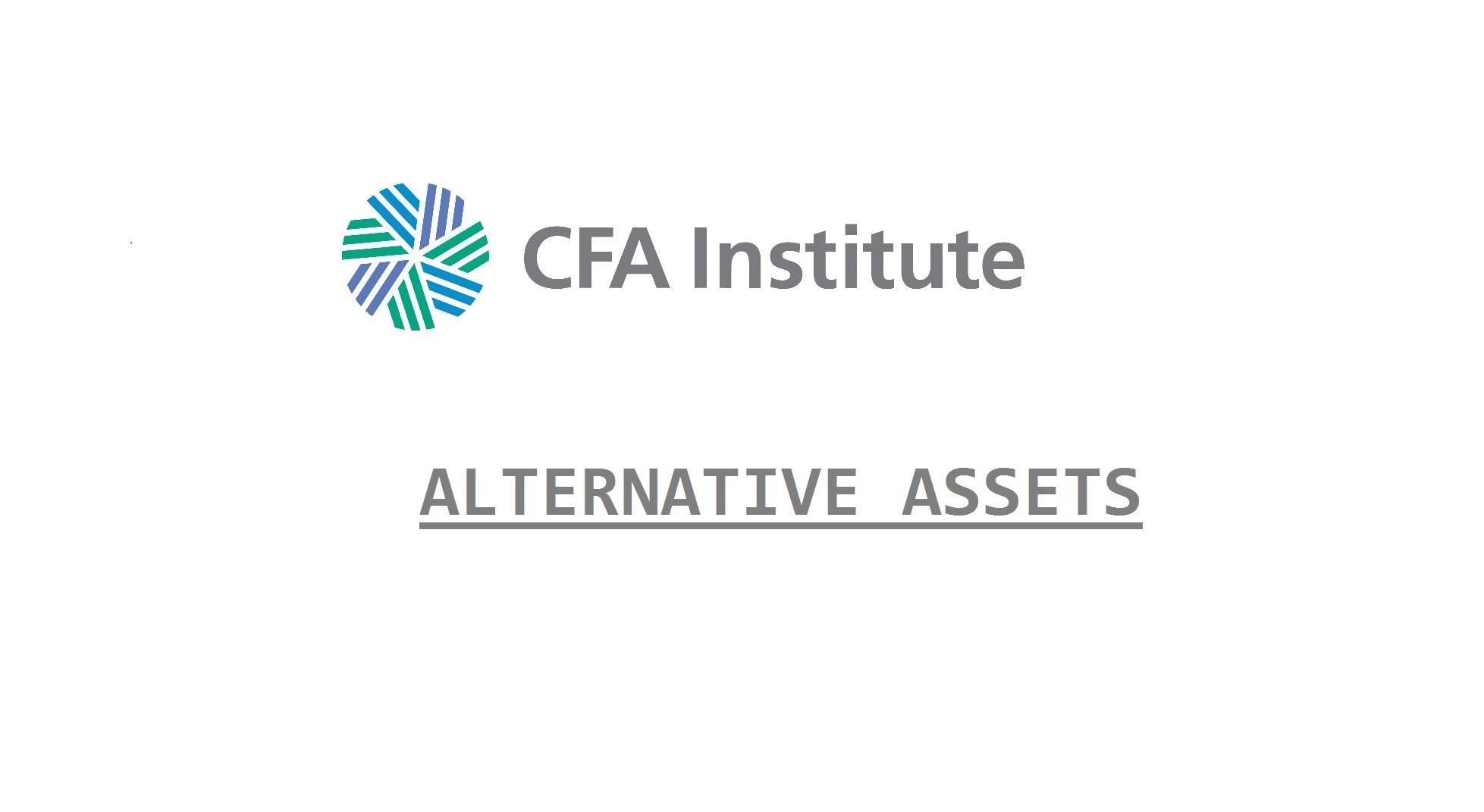Relative value strategies attempt to exploit valuation differences between securities. The most common securities used in relative value strategies are hybrid convertible debt, as well as fixed-income securities.
Fixed Income Arbitrage
The idea behind fixed-income arbitrage strategies is to take advantage of temporary mispricing of fixed-income instruments, by going long comparatively undervalued securities, and going short comparatively overvalued securities.
Two subtypes of fixed-income arbitrage strategies that we will consider in further depth are (1) yield curve trades and (2) carry trades.
- Yield curve trades. In this strategy, the hedge fund manager has a view of how the shape of the yield curve will evolve over time based on macroeconomic forecasts. The portfolio manager makes long and short investments in fixed-income instruments in order to profit from the anticipated yield curve steepening or flattening.
- Carry trades. In a carry trade, the portfolio manager shorts a low-yielding security and goes long a high-yielding security. The source of return here is twofold; first, from the yield differential, and second from the price changes as mean reversion occurs.
- The risk/return profile of fixed-income arbitrage trading derives from the high correlations found across different securities, the yield spread pick-up to be captured, and the sheer number of different types of debt securities across different markets with different credit quality and convexity aspects in their pricing. Structured products built around debt securities introduce added complexity that may result in mispricing opportunities.
- Yield curve and carry trades within the US government universe tend to be very liquid but typically have the fewest mispricing opportunities. Liquidity for relative value positions generally decreases in other sovereign markets, mortgage-related markets, and especially across corporate debt markets.
- Attractiveness: A function of correlations between different securities, the yield spread available, and the high number and wide diversity of debt securities across different markets.
- This strategy has high leverage usage, but leverage availability typically diminishes with product complexity. To achieve the desired leverage, prime brokers offer collateralized repurchase agreements with associated leverage “haircuts” depending on the types of securities being traded. The haircut is the prime broker’s cushion against market volatility and illiquidity if posted collateral ever needs to be liquidated.
Convertible Bond Arbitrage
The primary goal of convertible bond arbitrage strategies is generally to profit from purchasing the implied volatility of convertible bonds, which is often underpriced. To do this without taking on excess risk, convertible bond arbitrageurs will take on other positions to try to hedge out the delta and gamma risk of the convertible bond holdings.
- Convertible arbitrage managers strive to extract and benefit from this structurally cheap source of implied volatility by delta hedging and gamma trading short equity hedges against their long convertible holdings.
- Liquidity issues surface for convertible arbitrage strategies in two ways: 1) naturally less-liquid securities because of their relatively small issue sizes and inherent complexities; 2) availability and cost to borrow underlying equity for short selling.
- Attractiveness: Convertible arbitrage works best during periods of high convertible issuance, moderate volatility, and reasonable market liquidity. It fares less well in periods of acute credit weakness and general illiquidity, when the pricing of convertible securities is unduly impacted by supply/demand imbalances.
- Because of many legs needed to implement convertible arbitrage trades (e.g., short sale, CDS transaction, interest rate hedge), relatively high levels of leverage are used to extract a modest ultimate gain from delta hedging.
A classic convertible bond arbitrage strategy is to buy the relatively undervalued convertible bond and take a short position in the relatively overvalued underlying stock. The number of shares to sell short to achieve a delta neutral overall position is determined by the delta of the convertible bond.
